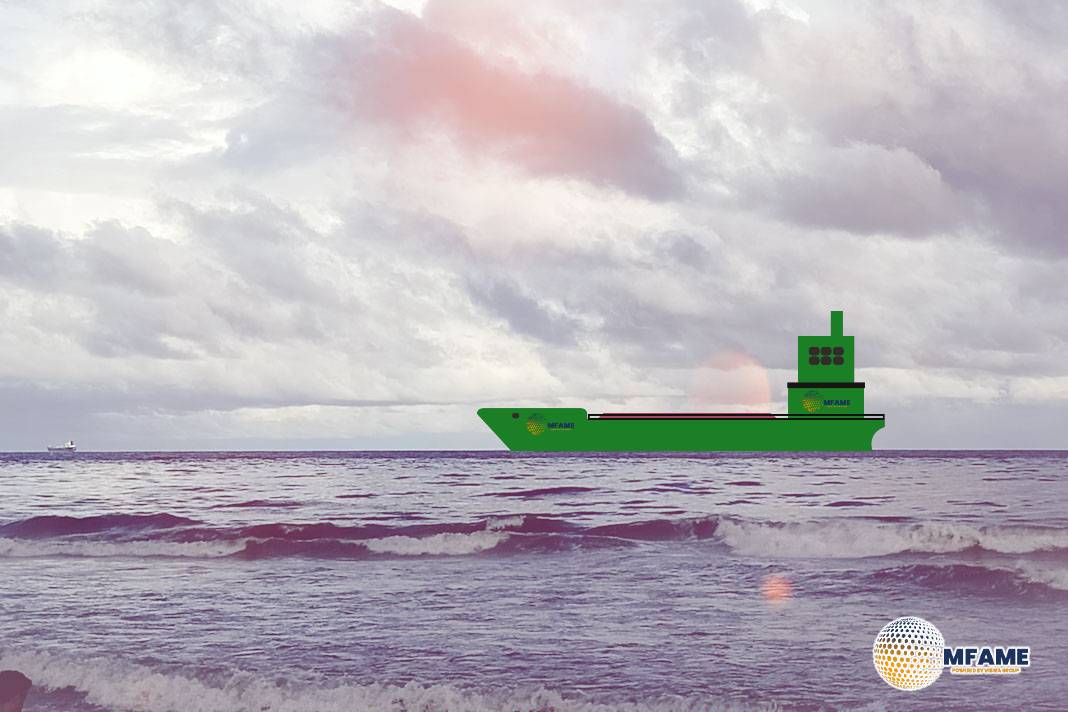- Autonomous technologies are already being used on commercial vessels, offering immediate operational and safety benefits.
- Waiting for regulatory perfection delays progress, while agile players are moving forward with real-world deployments.
- The future lies in hybrid intelligence, combining human decision-making with AI’s analytical and monitoring strengths.
- Autonomy can help address workforce shortages and attract new talent by modernizing maritime careers.
The shipping industry has long viewed autonomy as a distant goal—an idea reserved for the future, pending technological advancements, regulatory clarity, and cautious experimentation. However, this perspective no longer reflects the current state of maritime innovation. Autonomous capabilities powered by AI are already being deployed on commercial vessels, with classification societies granting certifications and regulators encouraging faster development. The shift is happening sooner than many expected, and embracing this change is critical for the industry’s continued relevance and sustainability. This perspective is highlighted in a recent article published by AJOT.
The Industry’s Assumptions Are Holding Back Progress
One of the most persistent myths in the maritime industry is the belief that autonomous shipping will only become a reality once it’s flawless and fully regulated. This assumption, however, ignores how technological change truly happens. In reality, autonomy is being driven forward by economic pressure points—such as crew shortages, rising safety expectations, and strict emissions goals—that demand solutions beyond what human-operated fleets can sustainably deliver.
Autonomous systems, including digital watchkeeping and AI-based collision avoidance, are already active on commercial vessels, providing tangible benefits like reduced fatigue and increased operational safety. These incremental advancements are showing real returns on investment, even though the technology isn’t perfect. In a sector where perfection has never been the starting point, waiting for it now is impractical.
Meanwhile, the pace of technological progress is rapidly outstripping regulation. While the IMO continues to discuss voluntary guidelines and pushes the mandatory MASS code to 2032, autonomous systems are evolving on the water in real time. They’re learning and adapting with each voyage, becoming more effective with every data point collected. If the industry waits for global rules to catch up, it risks falling behind faster, tech-driven operators who are already treating autonomy as a competitive advantage.
Advancing Safety Through Practical AI Integration
The maritime industry must confront an uncomfortable reality: the current state of operations is far from safe. Fatigue among crew members, complex navigational challenges, reliance on human lookouts, and aging vessels with outdated systems all contribute to a fragile safety net. In this environment, expecting perfection from AI is unnecessary—autonomous systems simply need to perform better than humans under stress, distraction, or difficult conditions.
AI-enhanced watchkeeping systems have already proven to be more effective than a fatigued officer of the watch, especially in poor visibility or high-risk scenarios. These systems offer immediate safety improvements, and the question isn’t whether they’re flawless, but why the industry would delay deploying technology that can prevent accidents and save lives today.
Rather than fixating on the idea of fully autonomous, crewless ships, the industry should shift focus to hybrid intelligence—a collaborative model where humans and AI systems complement each other. Humans contribute judgment and adaptability, while AI provides constant monitoring, rapid data processing, and predictive analysis. This blend allows ships to adjust their level of autonomy depending on the situation, a concept already in practice as vessels use real-time data to learn and improve. The future of autonomy lies not in total replacement, but in smarter integration.
Utilizing Autonomy as a Catalyst for Workforce Renewal
The growing presence of autonomy in shipping should not be seen as a threat to seafarers, but as an opportunity to revitalize the industry. Rather than eliminating maritime careers, autonomous technologies have the potential to redefine them—transforming the traditional image of shipboard life into one centered on advanced systems management, data analysis, and collaboration with intelligent tools. This shift can attract a new generation of talent, one that seeks purpose-driven, tech-forward careers.
Japan is already leading this transformation with its MEGURI2040 initiative, using autonomy to appeal to young, digitally native professionals. It’s a reminder that if the industry wants to remain relevant and attract fresh talent, it must evolve. Failing to adapt means risking not just technological progress, but the future workforce itself.
The idea that the industry can afford to wait for full consensus before adopting autonomy is no longer realistic. Autonomous systems are already delivering practical value on commercial ships—not as test cases, but as part of mainstream operations. Driven by economic pressures and supported by flexible regulatory approaches, autonomy is advancing with or without industry-wide readiness. The time for cautious conversations is over. The leaders who act now will shape the future—those who don’t may find themselves left behind.
Did you subscribe to our Daily newsletter?
It’s Free! Click here to Subscribe!
Source: AJOT

















